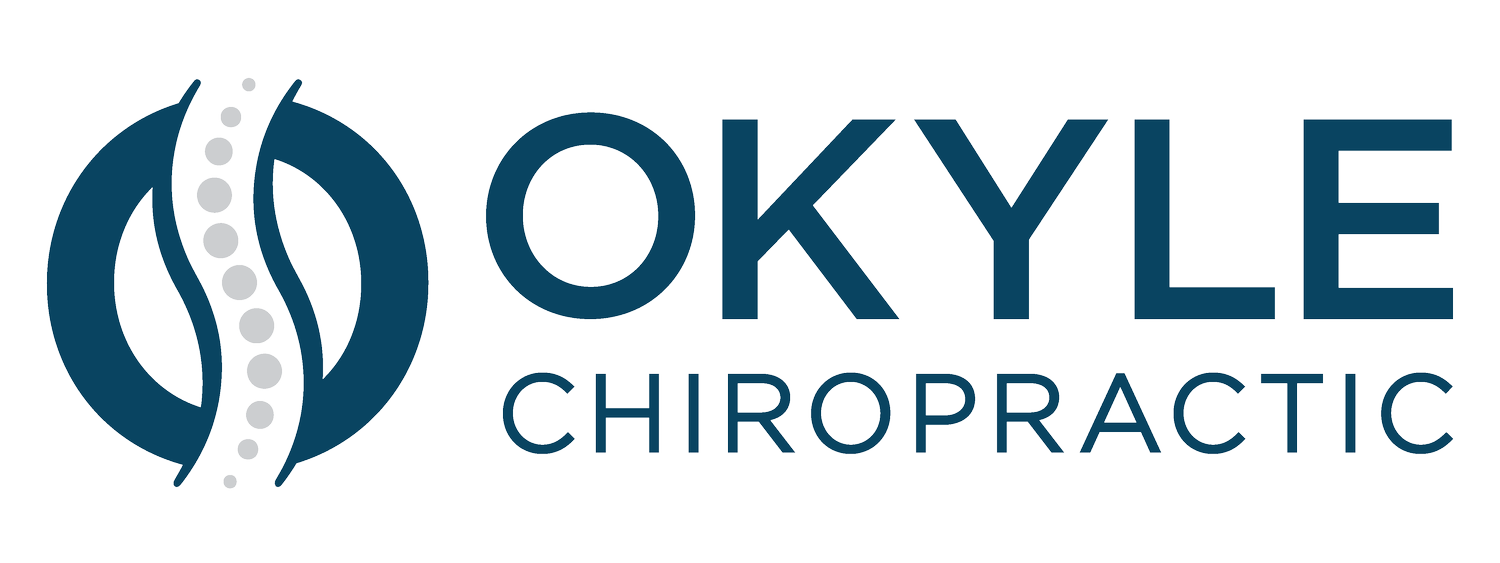SCIATICA - WHAT IT IS (AND ISN’T)
The term sciatica is commonly used to describe lower back or leg pain, but it’s often misunderstood. Many people assume that any pain radiating down the leg must be sciatica, when in reality, a variety of conditions can cause similar symptoms. This post aims to clarify what sciatica actually is, what causes it, and how it differs from other types of pain.
What Is Sciatica?
Sciatica refers to irritation or compression of the sciatic nerve, the longest and widest nerve in the human body. It originates in the lower spine and travels through the pelvis, buttocks, and down the back of each leg.
Typical symptoms of sciatica include:
Sharp, shooting pain that follows the path of the nerve
Burning, tingling, or “electric” sensations in the leg
Numbness or muscle weakness
Pain that typically affects one side of the body
The severity can range from a mild ache to intense discomfort that interferes with daily activities.
Common Causes of Sciatica
Sciatica isn’t a condition in itself — it’s a symptom of an underlying issue. The most common causes include:
Herniated or bulging discs: Discs between the spinal vertebrae can shift or rupture, putting pressure on the nearby nerve roots.
Spinal stenosis: A narrowing of the spinal canal that compresses nerves.
Degenerative disc disease: Age-related disc wear can contribute to nerve irritation.
Piriformis syndrome: Tightness or spasms in the piriformis muscle (located deep in the buttock) can compress the sciatic nerve.
Pelvic or postural imbalances: Chronic poor posture, uneven gait, or muscle imbalances may also lead to sciatic nerve irritation.
What Isn’t Sciatica?
It’s important to recognize that not all pain radiating into the leg is sciatica. Several conditions can mimic or be mistaken for sciatic pain:
Muscle strains, especially in the hamstring or glutes
Sacroiliac (SI) joint dysfunction
Trigger points in the lower back or hip musculature
Peripheral nerve entrapments (e.g. femoral nerve irritation)
These conditions may present with similar symptoms, but they involve different anatomical structures and often require different treatment approaches.
Why Accurate Diagnosis Matters
Because sciatic-like symptoms can stem from a range of causes, an accurate diagnosis is key. Understanding whether the pain is truly caused by compression of the sciatic nerve — and identifying what’s compressing it — guides the most effective treatment plan.
A comprehensive assessment typically includes:
A review of symptom patterns (when they started, where they travel)
Physical examination (range of motion, muscle strength, reflexes, etc.)
Provocative tests to identify nerve involvement
Evaluation of posture, movement, and muscle imbalances
In some cases, imaging (such as MRI) may be recommended to confirm a suspected diagnosis.
“Sciatica” is a commonly used term, but it’s not a one-size-fits-all diagnosis. Leg pain can come from many sources, and assuming it’s always nerve-related can delay the right kind of care.
Understanding what sciatica is — and what it isn’t — helps individuals make more informed decisions about their health. If you or someone you know is dealing with persistent lower back or leg pain, seeking a professional evaluation is an important step in identifying the underlying cause and developing an effective plan for relief.
Any questions? Feel free to reach out to our office via phone or text: (310) 880-9663. Happy healing!
Disclaimer: The information provided on this chiropractic blog is for general informational purposes only and is not intended as a substitute for professional medical advice, diagnosis, or treatment. Always seek the advice of your physician or another qualified health provider with any questions you may have regarding a medical condition. Never disregard professional medical advice or delay in seeking it because of something you have read on this blog. If you think you may have a medical emergency, call your doctor or 911 immediately. Reliance on any information provided by this blog is solely at your own risk.
